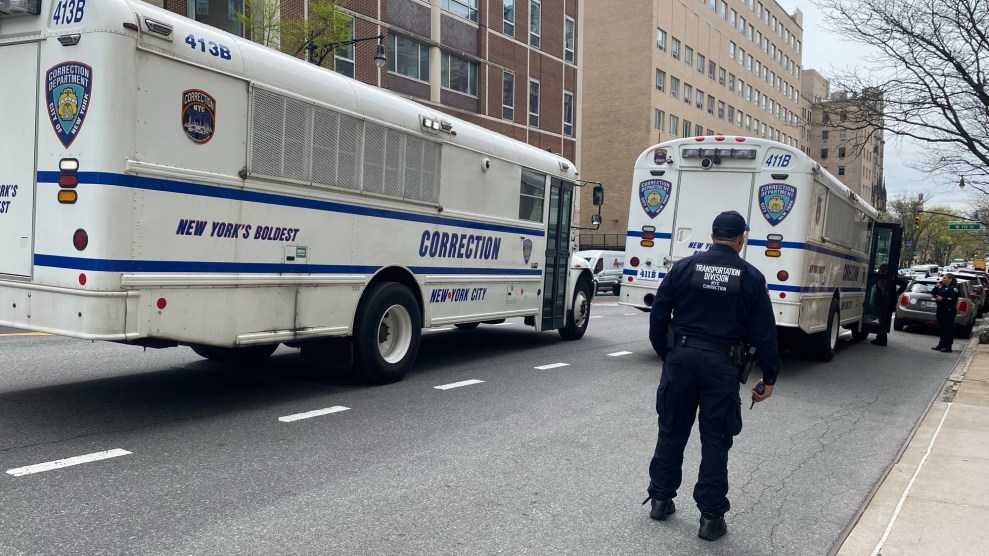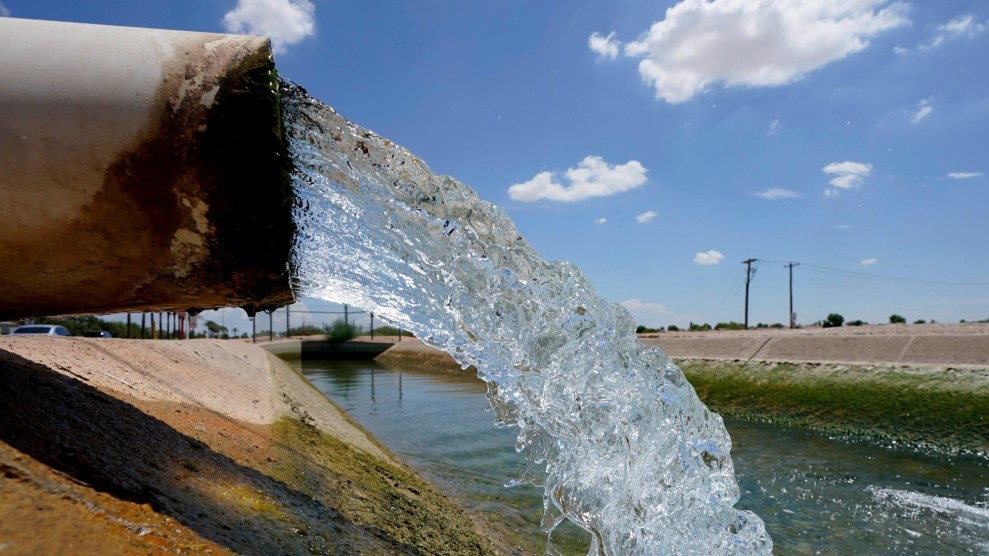I wrote last week about the decline in the nation’s teen birth rate, and how abstinence groups would try to claim the downturn is the result of chastity pledges and purity rings. (They have, but you need to be an approved member of the Abstinence Clearinghouse to read the “good news.”)
Now, the American Journal of Public Health has released a study, Explaining Recent Declines in Adolescent Pregnancy in the United States: The Contribution of Abstinence and Improved Contraceptive Use, that pops that theory. The study’s doctors write:
“The current emphasis of U.S. domestic and global policies, which stress abstinence-only sex education to the exclusion of accurate information on contraception, is misguided.”
The study, via interviews with nearly 1400 women in 1995 and 1150 in 2002, looks at the relative contribution of abstinence behavior and improved contraceptive use to the recent decline in pregnancy rates (really teen birth rates) among U.S. women between the ages of 15 to 19. Investigators estimate that the likelihood of pregnancy in this age group declined 34 percent between 1995 and 2002, and that 86 percent of the decline in pregnancy risk was attributable to improved use of contraception.
They found that reduced sexual activity explained only 14 percent of the decline in teen pregnancy. To be fair, let it be recalled that abstinence-only ed didn’t become a bankrolled operation until 2000. But also to be fair, there has been zero evidence that such education is more effective than comprehensive sex education which includes, gasp, discussion of birth control options.
According to the study, among 18 to 19-year-olds, the decline in pregnancy risk was entirely due to improved contraceptive use, which includes increases in the use of birth control pills, condoms, or both. The study authors conclude:
“These data suggest that the U.S. appears to be following patterns seen in other developed countries where increased availability and increased use of modern contraceptives have been primarily responsible for declines in teenage pregnancy rates…Our findings raise questions about current U.S. government policies that promote abstinence from sexual activity as the primary strategy to prevent adolescent pregnancy.”
Questions indeed. They’re being polite.











